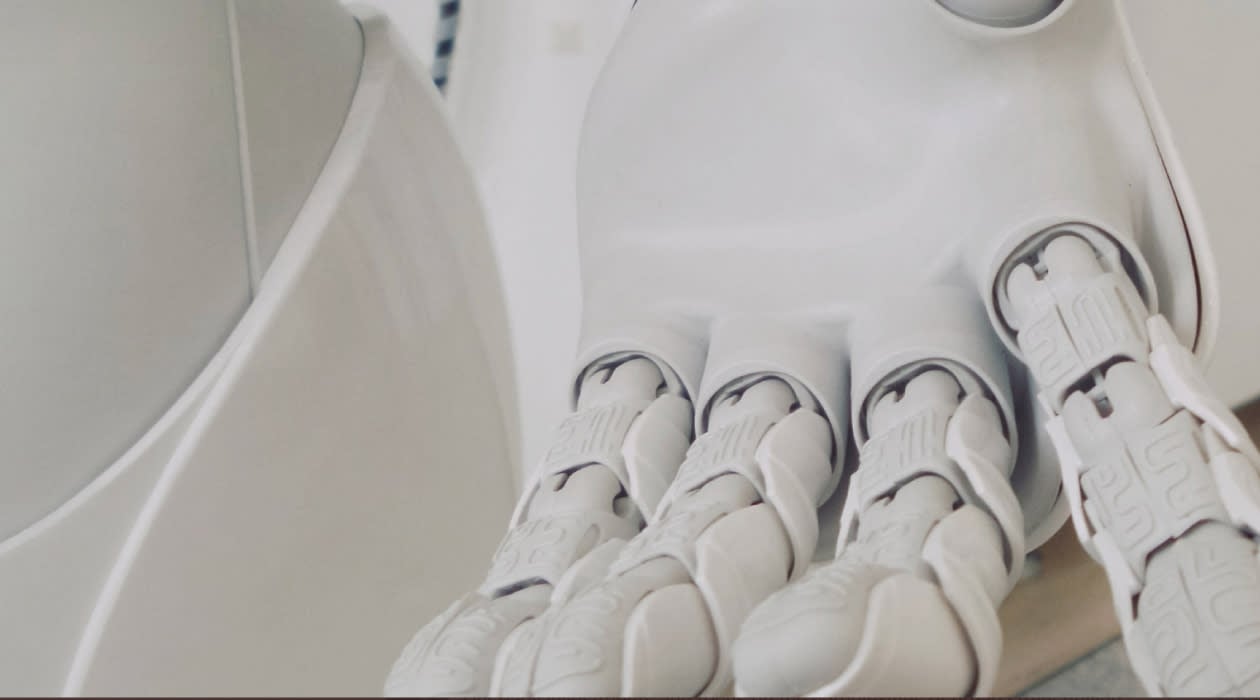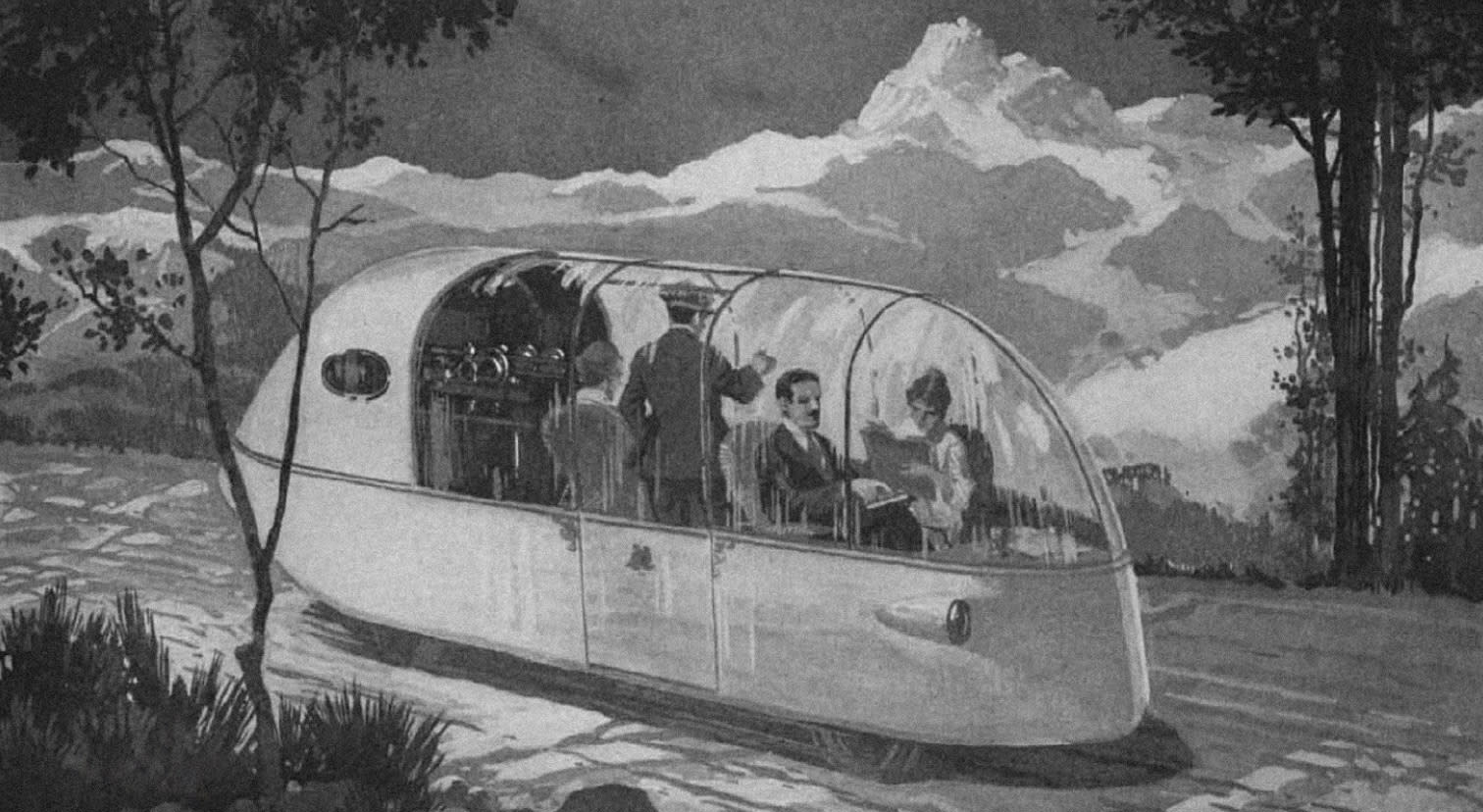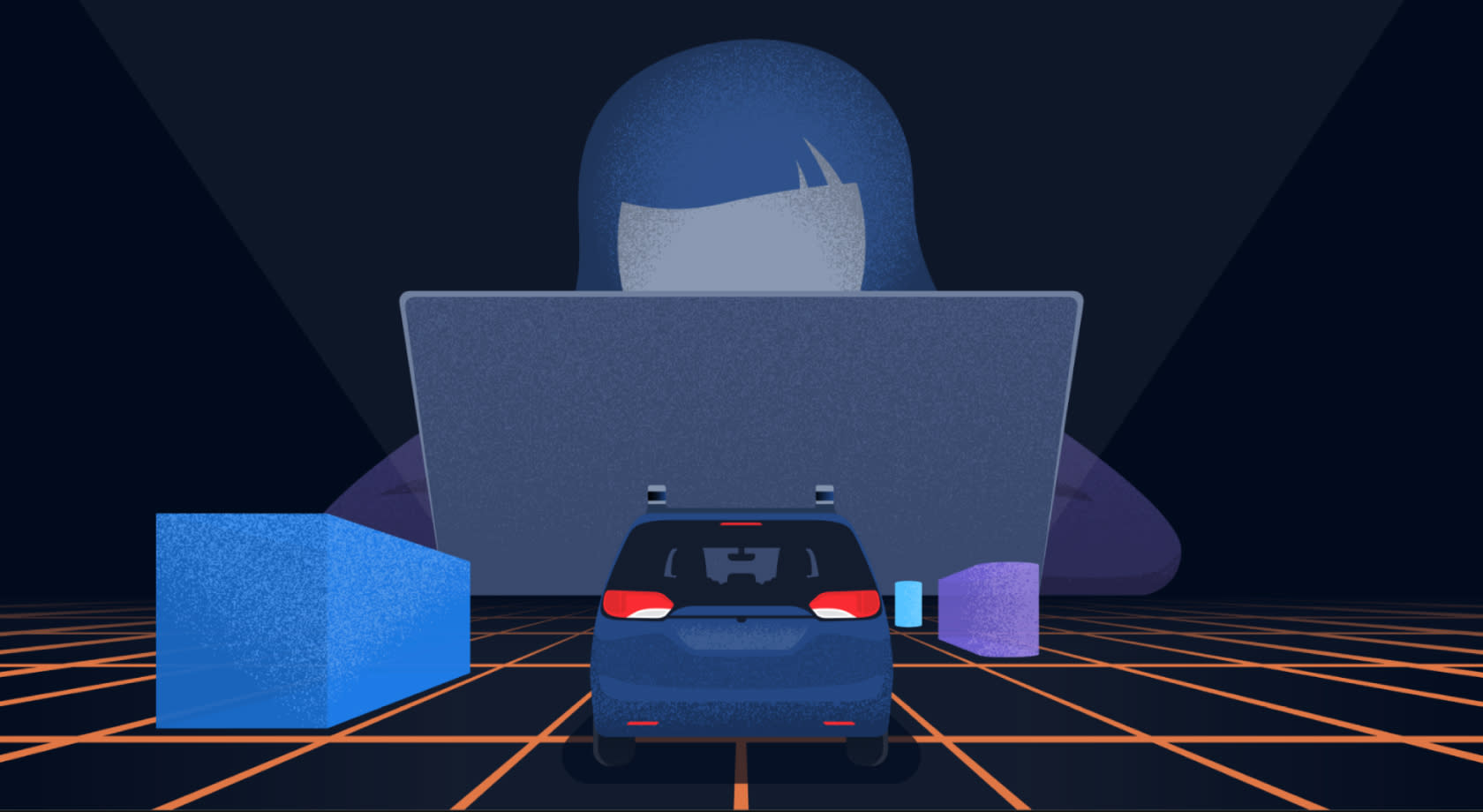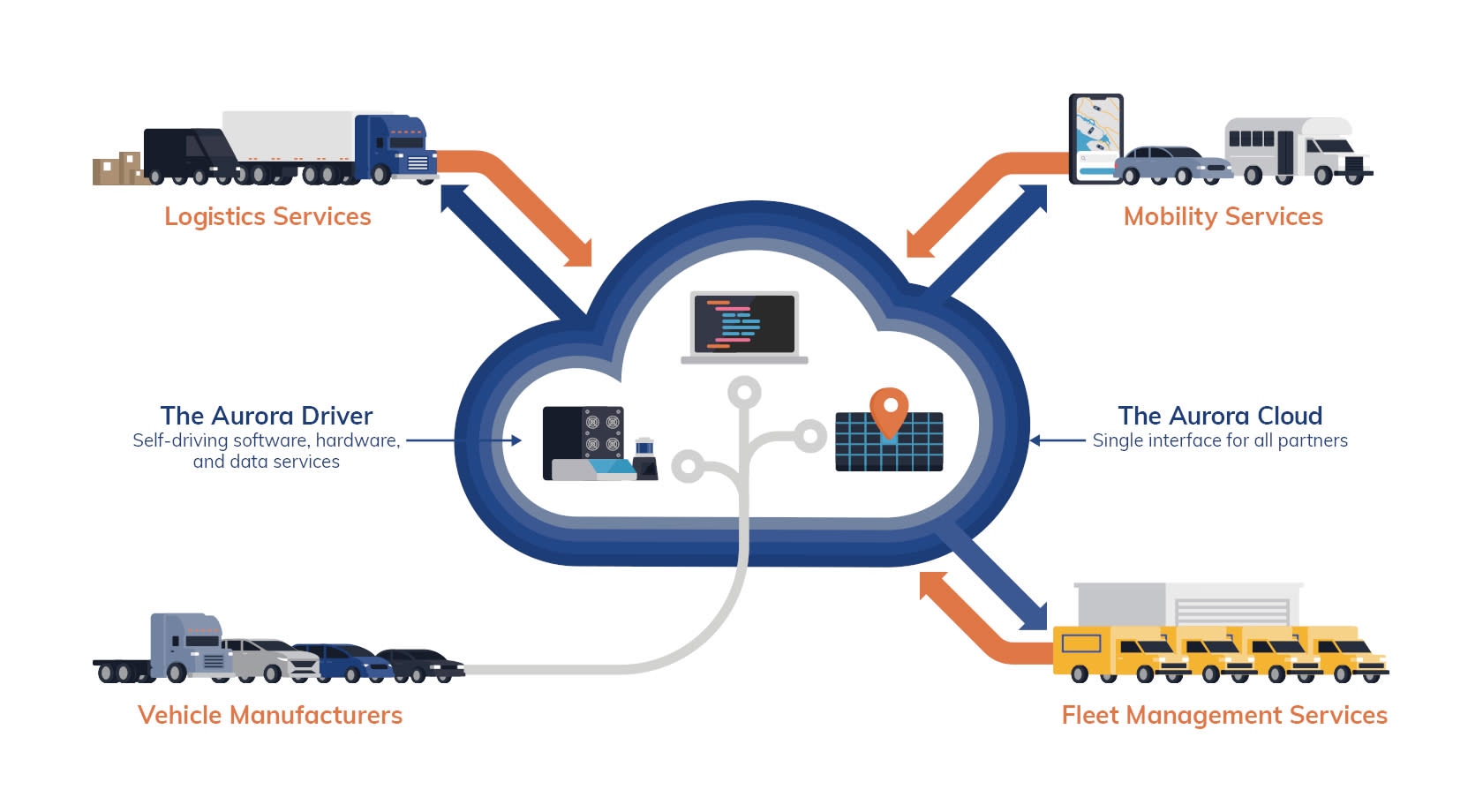Lessons Learned from Index OnAir: The Future of Robotics
From our leaders | February 12, 2020 | 3 min. read

Before Thanksgiving, our CEO Chris Urmson was on #Index OnAir where he discussed the future of AI and machine learning with WIRED’s Will Knight and Covariant CEO Peter Chen. With edits for clarity and length, here are a handful of the most poignant things we learned from Chris on the benefits of self-driving technology, technical challenges, and how we’re thinking about our path to market. You can catch the whole video here.
Why is the time now for self-driving technology?
The idea of automation in the automotive world is not new. The idea of the vehicle driving itself is actually almost 100 years old. In fact, there’s a great image from Scientific American in 1918 that shows a futuristic car driving itself.

But it’s actually happening now for a few very distinctive reasons:
-
On the hardware side, there have been advances in sensor technology that have trickled down: camera technology that’s been driven by cell phone technology, Lidar technology via FMCW technology that we’re taking advantage of at Aurora, and the vehicles themselves have become more amenable to automation
-
On the software side, there have been major advances in machine learning and deep learning that when combined with advances in cloud computing, we can extract meaning from massive amounts of data.
-
There’s also been this understanding of the increased need for this technology: 1.2 million people die from car accidents globally, which includes the 40,000 people in the U.S. This understanding that the status quo is not acceptable combined with the technological advances pushes this breakthrough forward.
How are we approaching and solving edge-case scenarios?
Part of this is understanding what’s possible. Beyond a lot of analysis and internal processes where we analyze different hazards and how to mitigate them, we’ve spent a lot of time building offline tools to simulate risky situations. You might only see a child running into the street between cars once in your lifetime, but with our Virtual Testing Suite, we can build a simulated child, generate the sensor data, and create variations of that situation that we can train and test our vehicle to handle. These tests ultimately lead to building confidence that we’ll be able to react to that situation, so we can move our technology to test on closed tracks and then ultimately, public roads.

What is our path to market? How do we think about commercializing this technology?
I think about what’s the minimum viable product (MVP) we can make that can deliver value in the world, then expand from there. Transportation in the U.S. is a multi-trillion dollar business, and a lot of that is people and goods moving. So our approach is to find the application of that where we can show the return the fastest. With that in mind, the first application for us is in trucking. Unlike a person taking a ride, goods won’t get frustrated if the trip takes a little longer getting to their destination, meaning we can trade some performance for safety. By making that tradeoff, we can get to market quicker with a critically needed and, most importantly, safe application.

How do you think about the benefits and job displacements your technology will bring?
I am absolutely certain about the societal benefits this technology will bring: our roads will be safer, it will be cheaper to get around, and we’ll be able to meet the transportation demands of today and tomorrow. There are numerous reports that show that when you make the economy more efficient, you create jobs.
At the same time, there are people whose job it is to drive. And these are hard jobs that are associated with things like lower life-expectancy, etc. which supports my thesis and belief that this technology will make our society better. Given we’re building the Aurora Driver to be better, safer, and less expensive, it’s hard for me to see that this isn’t the right thing to do. That said, there’s going to be a period where people will retire, or they will be displaced. And we’re going to have to support people through this transition.
What is your craziest prediction in the next decade?
Automated vehicle technology is in the “Valley of Disillusionment,” which means a number of companies are going to fail. At the same time, we’re going to see big successes and profound impacts of this technology. People will use this technology in real ways in their everyday lives, which is pretty exciting. It’s an incredible time to be in the automotive industry because automation and electrification are really the first big changes in a century. In the same way that the smartphone created whole new businesses, it’s going to be amazing to see how changes this technology brings (in safety, cost, and availability) prompts new businesses.
— It continues to be a busy and exciting time at Aurora and we’re hiring for many positions across all of our offices. To find out more, visit our Careers page.
Delivering the benefits of self-driving technology safely, quickly, and broadly.